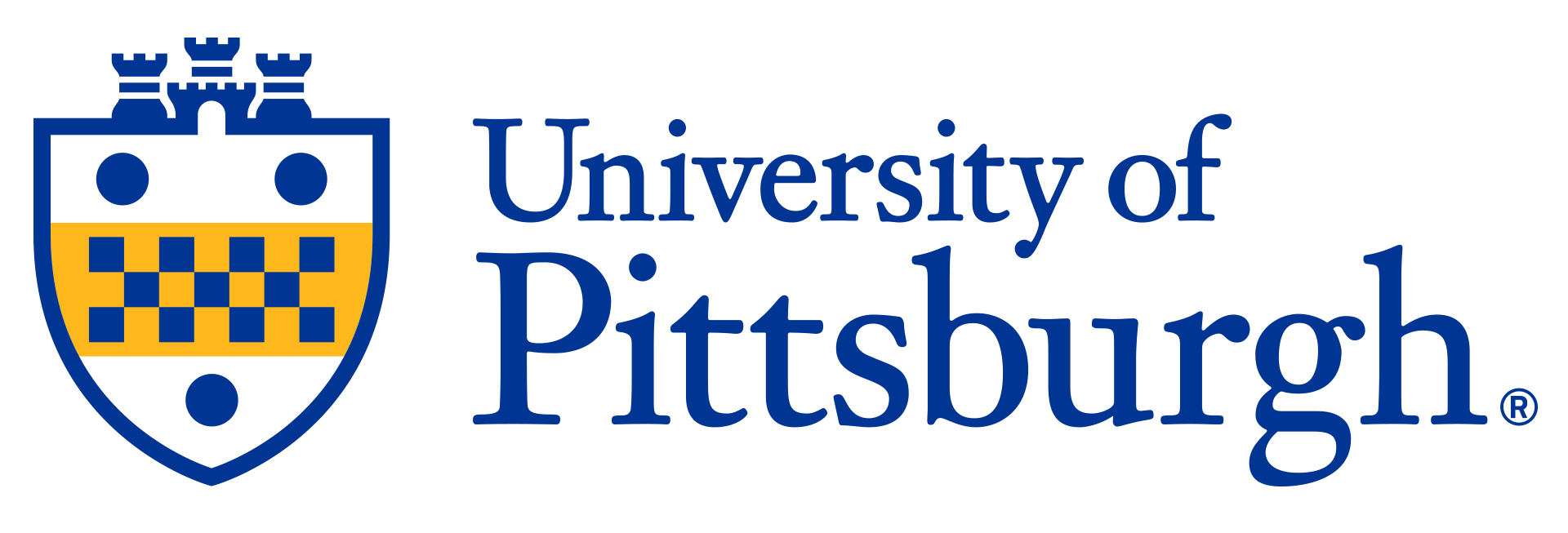

One-step Gene Therapy for Duchenne Muscular Dystrophy
Duchenne Muscular Dystrophy (DMD) is one of the most frequent genetic diseases and affects one in 3,500 boys worldwide. DMD patients suffer from progressive muscle weakness and loss beginning in early childhood due to absence of the functional protein dystrophin required to maintain intact muscles. Life-threatening conditions such as heart disease or difficulty breathing can arise. Existing treatment options include using medications to promote muscle growth or to relieve chronic inflammation associated with DMD. However, these medications can have significant side effects and are not curative. Ongoing research on DMD treatment has shown that gene therapy is a promising strategy for recovering dystrophin function; however, a dangerous immune response in DMD patients associated with chronic inflammation that exists in dystrophic muscles as secondary pathology can occur after the treatment with gene vehicle. To address this problem, investigators at Pitt have developed a dual gene therapy that both restores dystrophin function and mitigates inflammatory response associated with chronic inflammation.
Description
The investigators designed a novel dual-cassette adeno-associated viral (AAV) vector therapy that combines gene therapies to recover dystrophin function, specifically targeting and reducing inflammatory responses associated with DMD. These vectors have been tested in mouse models of DMD. After a single dose, robust dystrophin expression was observed in both the cardiac and skeletal muscle of treated mice, in addition to reduced inflammation. The single-cassette with dystrophin gene replacement alone was not effective in reducing inflammation, indicating that this is the only DMD gene therapy that targets an inflammatory pathway in DMD that plays a key role in disease progression but while promoting dystrophin expression.Applications
· Treatment of DMD· Treatment of inflammation
Advantages
· Reduces clinical complexity that would be associated with delivering two separate gene therapies· Results in efficient and stable expression of myofibers, restoring the missing dystrophin and dystrophin-associated proteins
· Improves pathological changes in the muscle tissue in animal models of DMD
· Reduces chronic inflammation via downregulation and increases the efficacy of DMD gene therapy
Invention Readiness
Prototype, in vivo data collectedIP Status
https://patents.google.com/patent/US20220136005A1Related Publication(s)
Yang, Q., Tang, Y., Imbrogno, K., Lu, A., Proto, J. D., Chen, A., Guo, F., Fu, F. H., Huard, J., & Wang, B. (2012). AAV-based shRNA silencing of NF-κB ameliorates muscle pathologies in mdx mice. Gene Therapy, 19(12), 1196–1204. https://doi.org/10.1038/gt.2011.207
Bing Wang, Juan Li, and Xiao Xiao. Adeno-associated virus vector carrying human minidystrophin genes effectively ameliorates muscular dystrophy in mdx mouse model. PNAS. Dec 5, 2000 97 (25) 13714-13719; https://doi.org/10.1073/pnas.240335297